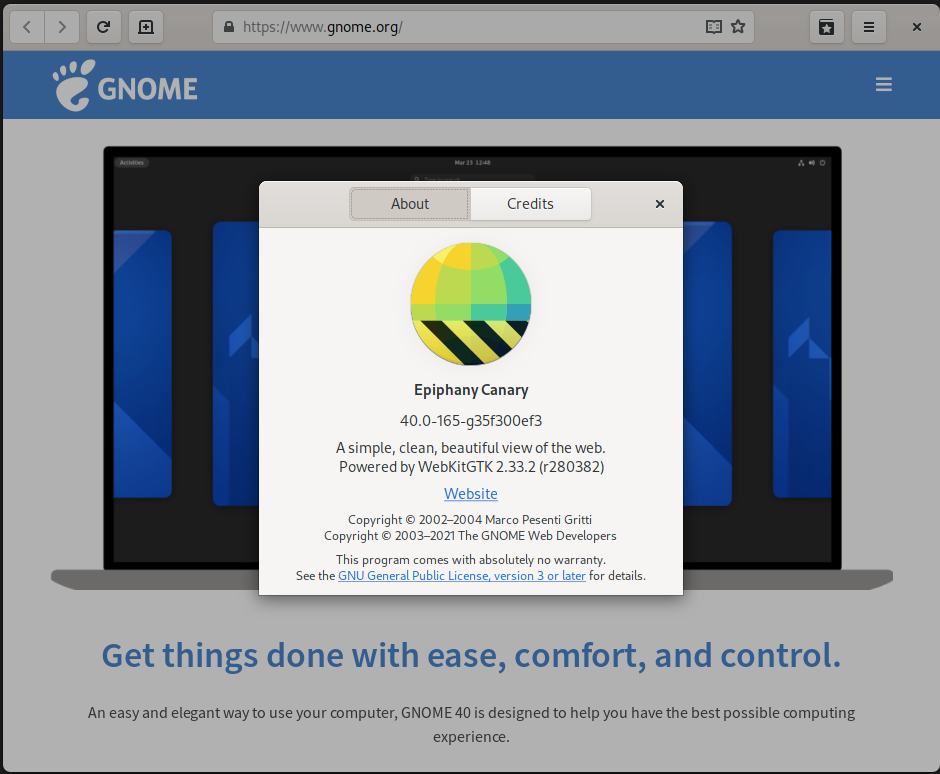Open Source Photo Manager digiKam Improves its AI Offerings
Better face recognition workflow, improved GPU support, and AI auto-rotation added.


Epiphany or GNOME Web is a minimal and yet capable browser for Linux distributions. You should find it as the default browser for elementary OS.
With GNOME 40, the Epiphany browser has had some improvements and additions.
Behind the scenes, it regularly gets some exciting improvements and feature additions. And for that, you can opt for the Tech Preview version of GNOME Web tailored for early testers.
Now, a new Canary flavor has been introduced that you can use to test features that are not yet available even in the tech preview build.

GNOME Web’s “Canary” builds let you test features that are not even available in the latest WebKitGTK version.
Do note that the canary builds are supposed to be extremely unstable, even worse than the development builds available as a tech preview.
However, with the help of a Canary build, an end-user can test things way early in the process of development that can help find disastrous bugs.
Not just limited to end-user early testing, a canary build also makes things easier for a GNOME Web developer.
They no longer have to build WebKitGTK separately in order to implement and test a new feature.
Even though there was a Flatpak SDK available to ease the process for developers, it was still a time-consuming task.
Now, with that out of the way, the development pace can potentially improve as well.
First, you need to add the WebKit SDK Flatpak remote using the commands below:
flatpak --user remote-add --if-not-exists webkit https://software.igalia.com/flatpak-refs/webkit-sdk.flatpakrepo
flatpak --user install https://nightly.gnome.org/repo/appstream/org.gnome.Epiphany.Canary.flatpakrefOnce done, you can install the Canary by using the Flatpakref file provided.
Testing a Canary build gives more users the ability to help GNOME Web developers in the process. So, it is definitely a much-needed addition to improve the development of the GNOME Web browser.
For more technical details, you might want to take a look at the announcement post by one of the developers.
It's FOSS turns 13! 13 years of helping people use Linux ❤️
And we need your help to go on for 13 more years. Support us with a Plus membership and enjoy an ad-free reading experience and get a Linux eBook for free.
To celebrate 13 years of It's FOSS, we have a lifetime membership option with reduced pricing of just $76. This is valid until 25th June only.
If you ever wanted to appreciate our work with Plus membership but didn't like the recurring subscription, this is your chance 😃
Stay updated with relevant Linux news, discover new open source apps, follow distro releases and read opinions